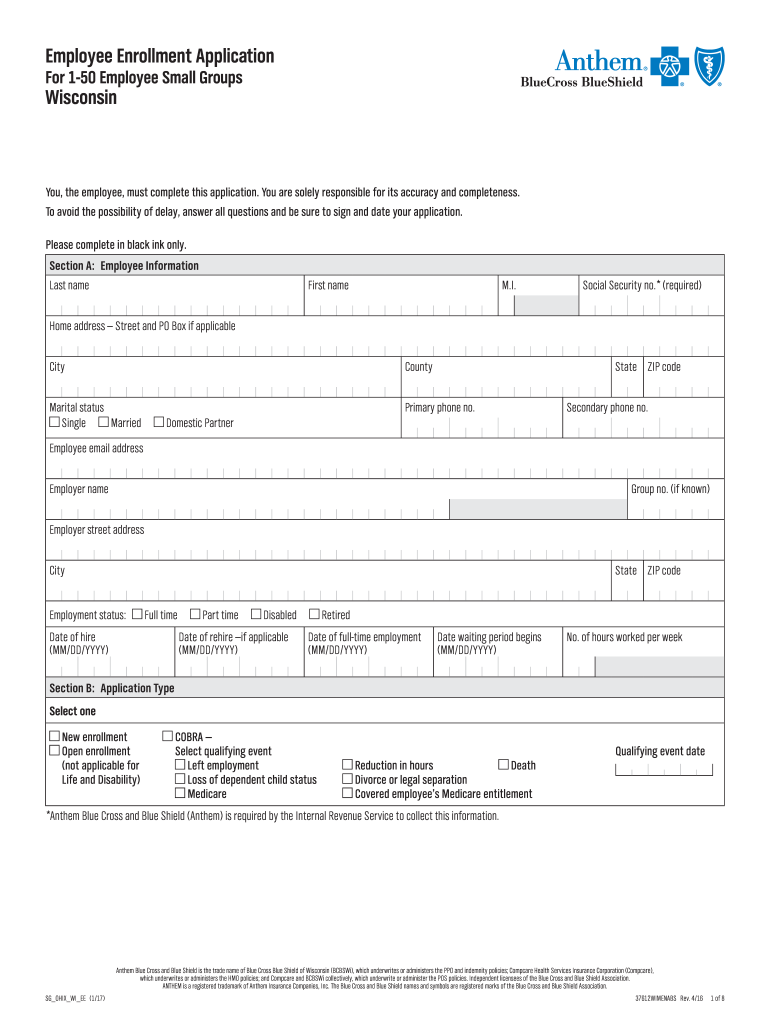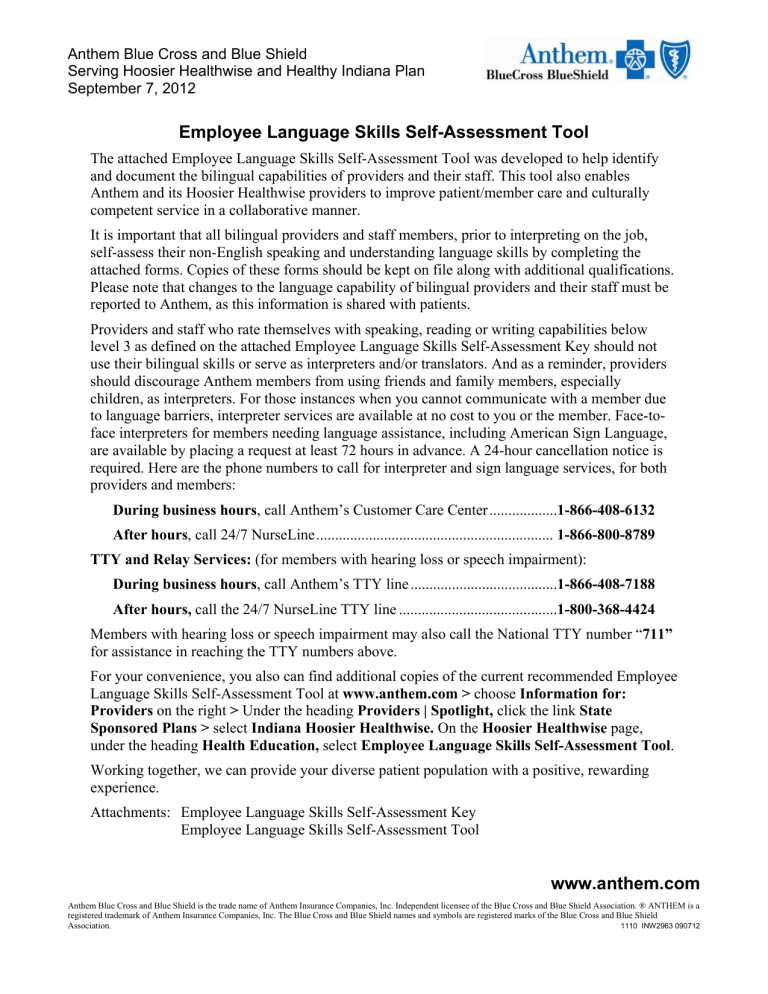Anthem Employee Health Enrollment Application Group Size 51+ – If you create a well-designed application, it is possible to be sure that you have all the details needed for making an educated hiring decision. This can aid in saving time.
Employer applications often ask for details about the candidate’s education and prior experience. This allows us to assess whether the candidate has the appropriate training and experience.
Description of the position
The work of an employee application specialist involves both managerial and practical tasks. This position requires support for business users and IT personnel by assisting them with tasks ranging from maintenance and configuration of systems to hardware and software upgrades. A skilled application specialist won’t want to be the one to do the hard job. They must possess a wide range of IT abilities, including the design of databases, network administration, and application management. The most successful professionals in application are able connect with multiple customers and understand their needs. Even under extreme stress, the most effective employees can create a positive working environment. People are attracted to those who are optimistic and eager to acquire new skills. An extensive list of qualifications is also offered which include a high-quality academic background in information technology or computer science and the ability to manage effectively using the use of networked IT systems.
Responsibilities
The variety of tasks employees are able to accomplish as application specialists are: Additionally, they oversee IT security and offer technical assistance.
To work in this position it is necessary to have at least a bachelor’s degree and basic computer skills. Additional requirements are the ability for collaborative work and adaptability in response to requests for IT support.
The role and responsibilities template can be a fantastic way to ensure that everyone in your team understands the roles and responsibilities of each member. A well-written template can help teams work better together and help reduce disputes over tasks.
Qualifications
Employers typically begin by looking at your credentials section on your resume or job application to determine if they are looking to employ you. These sections should include your educational background, qualifications and work experiences.
A thorough section on your qualifications will help the interviewer to see why you are a good candidate for the position. It will list all the areas of your experience relevant to the position.
Your reference list should contain professional references. If you falsify or misspell facts on your application, you could be denied or, if you are employed, facing sanctions that might lead to your termination.
Past History Checks
Background checks are essential to make sure that employees and volunteers employees are in line with the needs of your business. They’re essential to decrease the possibility of theft as well as violence.
The most popular type of screening for job applicants is background screening. These checks look for criminal records, as well as any convictions for felonies or misdemeanors.
By checking credentials professional license verifications confirm that a candidate holds the required licenses to work in a specific field, such as teaching or legal.
The verification of a candidate’s education proves they hold the required university degree or certification to fill the position. Employers can’t see a candidate’s academic background by conducting these examinations.
Background checks can be used to help make hiring decision. Field service teams, HR staff and recruiters must be aware that they have obligations under the FCRA and EEOC guidelines. They should also know their responsibilities under state and local laws. This includes giving applicants the right to conduct background checks and divulging personal information.
References
References are people who confirm your claims regarding your education, experience, credentials, and personal qualities. They are utilized by hiring managers to assess whether you are a good fit for their company.
A reference list for professionals should be put together since a good reference can make or break an interview. Claudia Johnson, Addison Group vice president of internal recruiting, says that the list should contain a range of people. This includes people who have worked with you before and people you are familiar with.
Recommendations from former bosses, classmates, or employees that have fond memories of and who can speak about your talents, work and achievements are the most reliable. However, don’t use your old manager for references if they haven’t worked with you for a long time.


